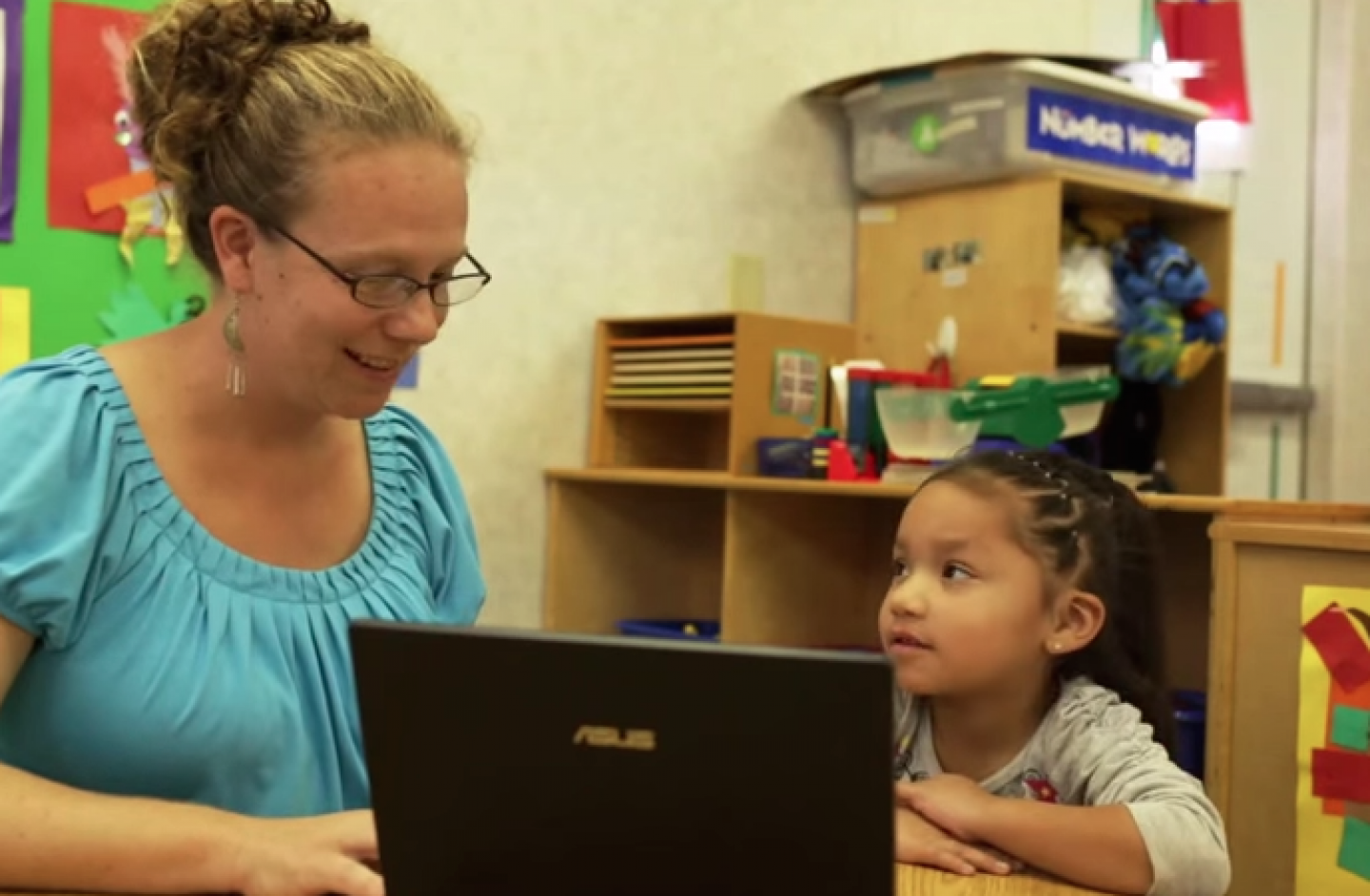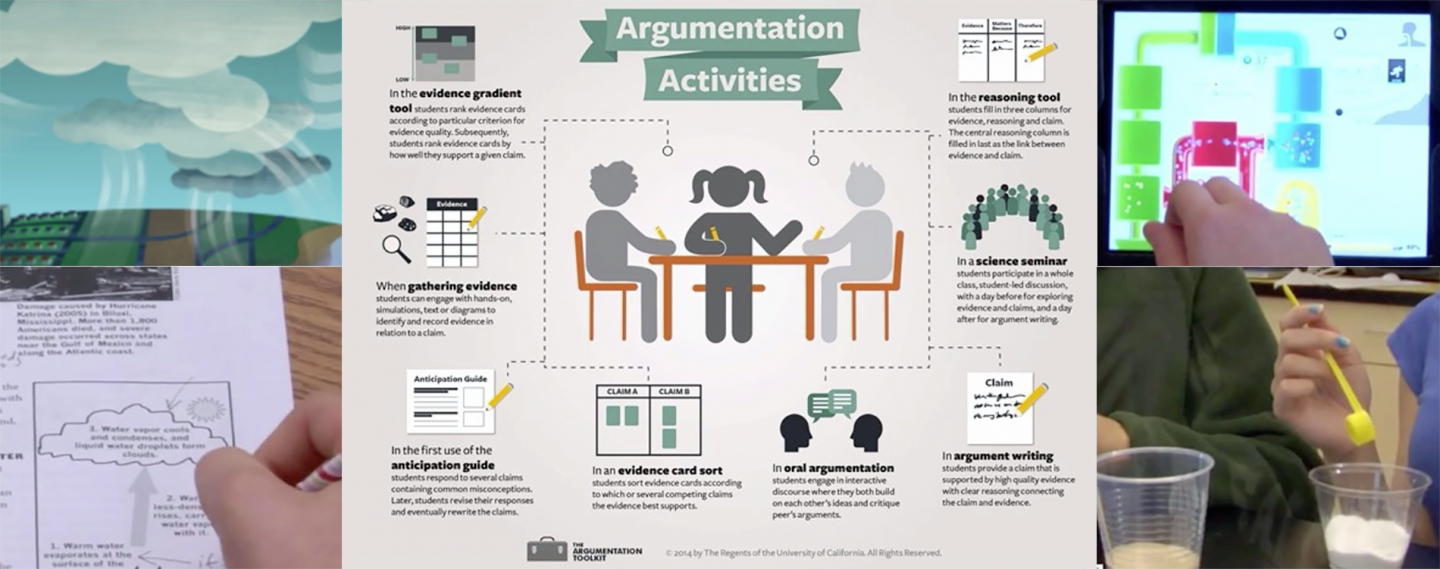As English Language Learners are fast growing in today’s schools across the United States, teachers need strategies that can assist English Language Learners in making gains in English and in content areas. ELLs face the dual task of learning both English and academic content knowledge simultaneously. As teachers support ELLs in their language acquisition, they must also make content comprehensible for students.
These effective strategies can be used by all teachers to support English learners:
- Affirm students’ cultural identities. English learners represent a diverse student population, each with his or her own individual language strengths, prior educational experiences and background knowledge. Teachers have the opportunity to leverage this wealth of experience and knowledge by encouraging students to share their cultures with the class—for example, by bringing in fables from their native countries. These stories can spark new conversations and create a learning environment where all students feel valued.
- Read aloud to students. The academic language students need to succeed is not present in everyday speech, but in text (Cummins, 2011). In order to build a vocabulary base and reading comprehension skills, students need to interact with a large body of engaging content. Cummins suggests that “from the day students walk into Kindergarten, they should be given daily opportunities to listen and discuss stories.” These opportunities are particularly important for English learners, as read-alouds provide students time to increase vocabulary and improve speaking and listening skills.
- Build on students’ prior knowledge. Building on students’ prior knowledge and background can empower them to make connections to new concepts, to build new mental schemas and to reflect on their own ideas and language use. Asking students about their knowledge and perception of a topic is an effective way to build bridges between prior knowledge and new concepts. Encouraging students to talk about and share experiences related to new content topics can be done with words, phrases, images and more. For example, when starting a new unit on fables, you may ask students to fill in a K-W-L chart, asking them what they already know about fables. This can include fables in students’ home language or culture.
- Offer language supports and scaffolds. Sentence starters and frames are great ways to boost ELLs’ confidence as they practice vocabulary in context, use academic words, stretch language production and learn how to frame a response, comment, or question. These supports allow English learners to show what they know, especially in content classrooms. Displaying sentence starters or frames allow students to prepare responses and provide language so students can more fully participate in writing or speaking activities. For example:
One interesting fact or detail I learned about the Ancient Mayan Civilization was _____________________. ____________ and __________ were both sources of food for the Maya.
Cloze sentences are another great scaffold for ELLs: The way ____________ and ____________ are alike is that they both are/have ______, but what’s different is that _____ are/have ________________________.
These strategies can be used across content areas to support ELLs at all proficiency levels.




